14th November, 2013
Storrington Camera Club Presentation
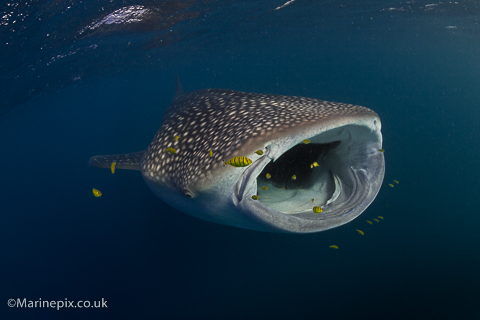 Tonight I was delighted to present some of my work to a group of enthusiastic photographers and friends at the Storrington Camera Club. The club meets on alternate Thursdays at 7:30 and it was well attended tonight. Preceding me, Chris West and Liz Barber gave an interesting talk about the procedures and benefits of joining the Royal Photographic Society... something I'll now be considering.
Tonight I was delighted to present some of my work to a group of enthusiastic photographers and friends at the Storrington Camera Club. The club meets on alternate Thursdays at 7:30 and it was well attended tonight. Preceding me, Chris West and Liz Barber gave an interesting talk about the procedures and benefits of joining the Royal Photographic Society... something I'll now be considering.I'd practiced my talk a number of times and worked out that it'd take about 45 minutes leaving me plenty of time to show my camera gear and answer any questions. I clearly talked too much as I had only 3 minutes left at the end in which to field questions and hold up my camera set up!
I split the talk into 2 main sections - first I spoke about my first compact camera and housing and I showed some of the images I took with it, both in the Philippines and back in the UK. I then went on to show images I'd taken with my Canon DSLR (550D) and I explained the fact that I have to choose a lens before I go under the water so I'm limited to taking the same type of shot for the whole dive... and I have to choose between wide angle or macro.. with the ability to capture "portrait" type shots with either. I think the biggest reactions came whilst I was showing my wide-angle shots. Whale-sharks and some of the shipwreck images seemed to go down well and I enjoyed showing the bright colours of some of the more close-up stuff. There were times when I realised I didnt know why I had included an image and I ended up saying "well, I like it anyway!" which I think was a little lazy of me. It gives me the impetous to actually really closely analyse why I like an image and why I'd like to show it rather than just including images which my instinct tells me I like.
The final section of my talk showcased nudibranchs and shrimp and I followed up with a series of other macro images. The final image was, I have to admit, one of Pash's anemonefish photos, primarily because I didn't think a talk would be complete without them but second because I wanted to recognise her efforts and determination to get back in the water and take some cracking shots. Of course, I didnt explain this to the group, I simply said it was one of Pash's photos because she does clownfish shots better than me :-)
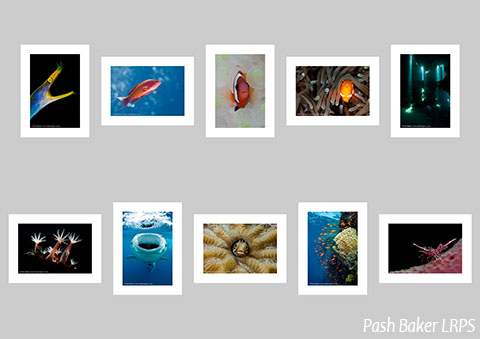
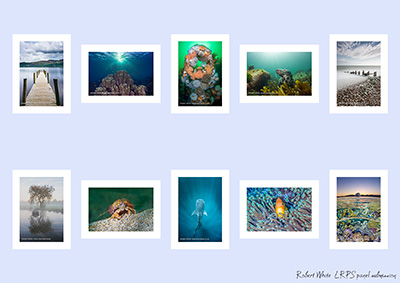
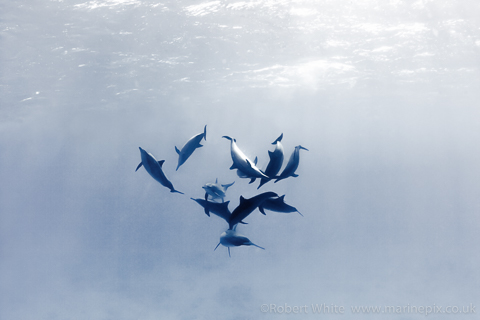 I was asked to give a talk at the February meeting of the British Society of Underwater Photographers (BSoUP).
I was asked to give a talk at the February meeting of the British Society of Underwater Photographers (BSoUP).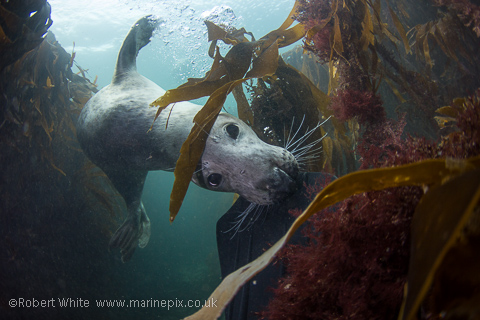 Although this is a fairly old image, I've been prompted recently to consider that people enjoy seeing the "fun" stuff that I've taken. Never have I had closer interactions with marine life than I did on 2 consecutive weekends in late 2011 when we visited first Lundy Island and then the Farne Islands... Pretty much opposite ends of the country but very similar sorts of encounters.
Although this is a fairly old image, I've been prompted recently to consider that people enjoy seeing the "fun" stuff that I've taken. Never have I had closer interactions with marine life than I did on 2 consecutive weekends in late 2011 when we visited first Lundy Island and then the Farne Islands... Pretty much opposite ends of the country but very similar sorts of encounters.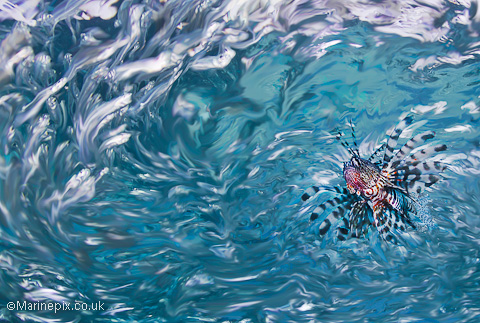 I was very pleased to come 4th in the BSoUP competition this month - the theme was "Photoshop Bonanza" . The brief was to be creative with image editing software like Photoshop. You can see the other winning images on the
I was very pleased to come 4th in the BSoUP competition this month - the theme was "Photoshop Bonanza" . The brief was to be creative with image editing software like Photoshop. You can see the other winning images on the 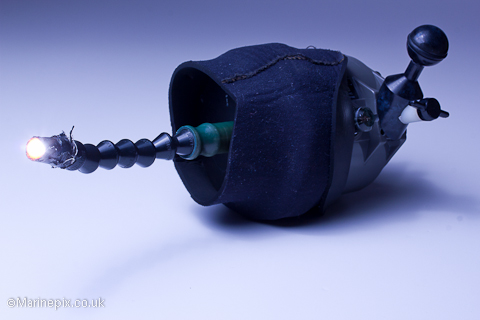
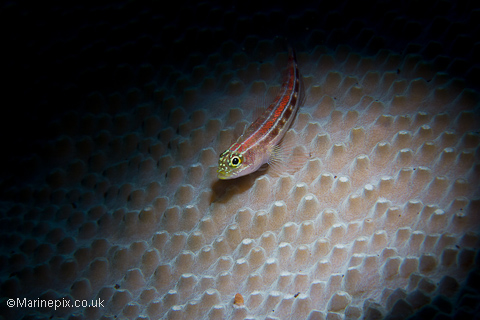
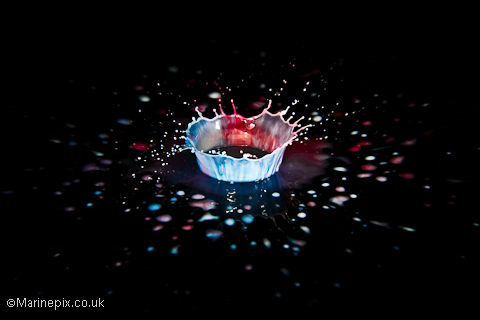
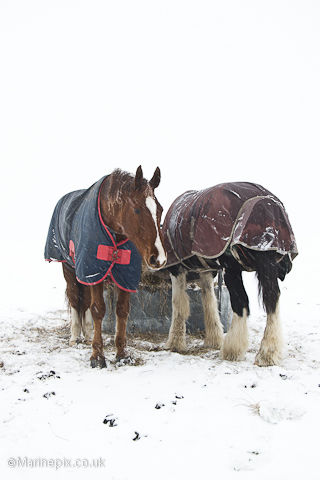 As some of you might be aware, it snowed last week here in the UK. Not big snow like Canada or Norway but enough for the country to grind to a halt. It meant I had to work from home which had the side-benefit of allowing me to get out in the snow and take a few pictures at lunchtime. I drove Pash and I up to Devil's Dyke - a high spot near home from which one can take in scenic vistas of the South Downs and the towns along the coast. The roads were treacherous (did I say it had snowed?) and there were definitely no scenic vistas and in fact we were out of the car only for about 10 minutes before the chilling wind made us retreat.
As some of you might be aware, it snowed last week here in the UK. Not big snow like Canada or Norway but enough for the country to grind to a halt. It meant I had to work from home which had the side-benefit of allowing me to get out in the snow and take a few pictures at lunchtime. I drove Pash and I up to Devil's Dyke - a high spot near home from which one can take in scenic vistas of the South Downs and the towns along the coast. The roads were treacherous (did I say it had snowed?) and there were definitely no scenic vistas and in fact we were out of the car only for about 10 minutes before the chilling wind made us retreat.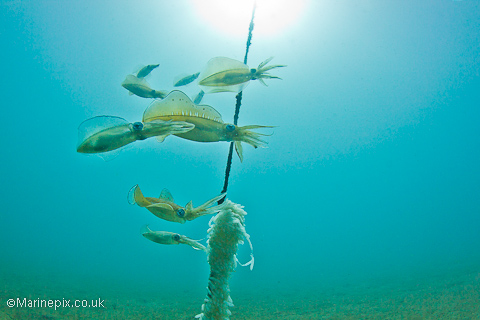
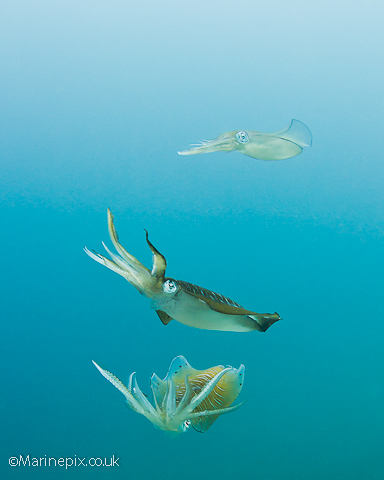 Ambon is one of the Maluku islands of Indonesia and forms part of a chain of volcanic islands surrounding the Banda Sea - home to some fabulous marine life. A group of 16 (mostly) BSoUP members stayed with Maluku Divers in Ambon Bay. There's an awful lot of garbage in Ambon Bay. Periodically it gets washed up on shore by the tide. My girlfriend, Pash organised a beach clean-up one day and got about 30 people, including resort staff and several local villagers out onto the beach filling bags with rubbish. Seems that the government dont have an organised method of refuse collection so the next best option is to collect the rubbish and to incinerate it... There are plans afoot to build processing plants to convert the plastic into fuel but for now, burning the stuff at least stops it polluting the water and thereby the fish which are the staple diet of the Islanders!
Ambon is one of the Maluku islands of Indonesia and forms part of a chain of volcanic islands surrounding the Banda Sea - home to some fabulous marine life. A group of 16 (mostly) BSoUP members stayed with Maluku Divers in Ambon Bay. There's an awful lot of garbage in Ambon Bay. Periodically it gets washed up on shore by the tide. My girlfriend, Pash organised a beach clean-up one day and got about 30 people, including resort staff and several local villagers out onto the beach filling bags with rubbish. Seems that the government dont have an organised method of refuse collection so the next best option is to collect the rubbish and to incinerate it... There are plans afoot to build processing plants to convert the plastic into fuel but for now, burning the stuff at least stops it polluting the water and thereby the fish which are the staple diet of the Islanders! This is very much a work in progress but I've seen a couple of photographs of the Main Hall of the
This is very much a work in progress but I've seen a couple of photographs of the Main Hall of the 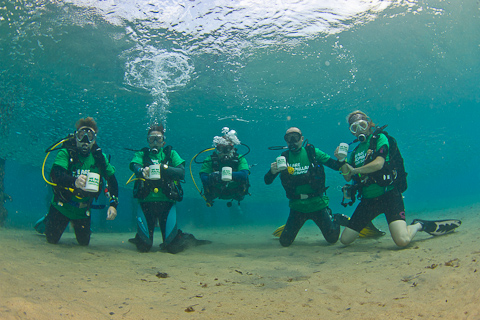 It's been a while since my last blog entry. I think I've been occupied with things other than photography but I went to Nuweiba in September this year. Towards the top of The Red Sea in the Gulf of Aqaba lies Nuweiba, about an hour and a half's drive north from Sharm El Sheik Airport. I'd been once before and this looked like it'd be the last chance we'd get to go and visit our friends Chris and Jenna who are running the Emperor Divers operation there at the Hilton Resort Hotel. Chris and Jenna are shutting down the operation in mid November due to a lack of business. A real shame because it's a fantastic destination for those wishing to learn and for those, like me, wanting to practice their underwater photography!
It's been a while since my last blog entry. I think I've been occupied with things other than photography but I went to Nuweiba in September this year. Towards the top of The Red Sea in the Gulf of Aqaba lies Nuweiba, about an hour and a half's drive north from Sharm El Sheik Airport. I'd been once before and this looked like it'd be the last chance we'd get to go and visit our friends Chris and Jenna who are running the Emperor Divers operation there at the Hilton Resort Hotel. Chris and Jenna are shutting down the operation in mid November due to a lack of business. A real shame because it's a fantastic destination for those wishing to learn and for those, like me, wanting to practice their underwater photography!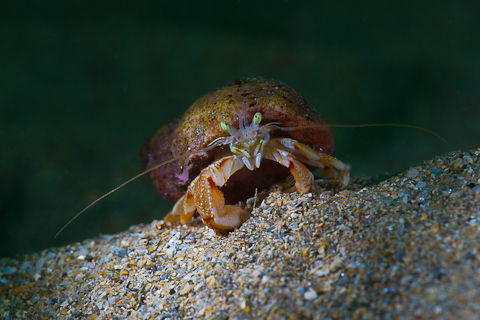
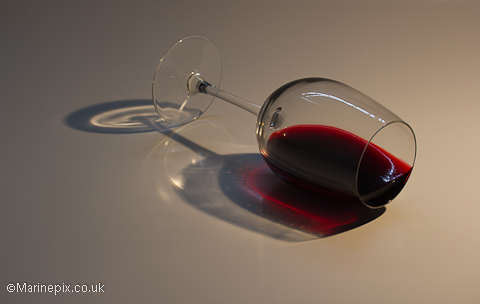 I've been listening to a "tabletop product" photography online
course run by
I've been listening to a "tabletop product" photography online
course run by 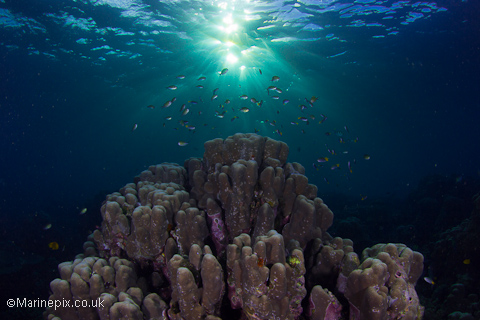
 I had to wait a while before I finally found a dandelion in the garden in a state it could be photographed.
I had to wait a while before I finally found a dandelion in the garden in a state it could be photographed.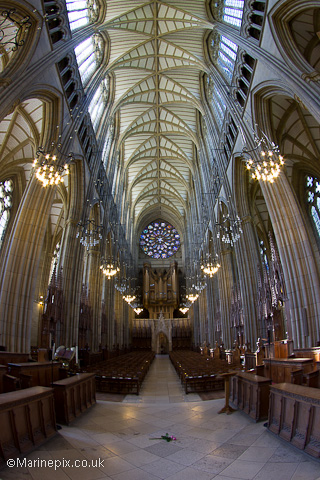 Lancing college is just up the road from me in Brighton and on a whim, on a hot sunny day, my better half and I went along to see what it was like for photography.
Lancing college is just up the road from me in Brighton and on a whim, on a hot sunny day, my better half and I went along to see what it was like for photography.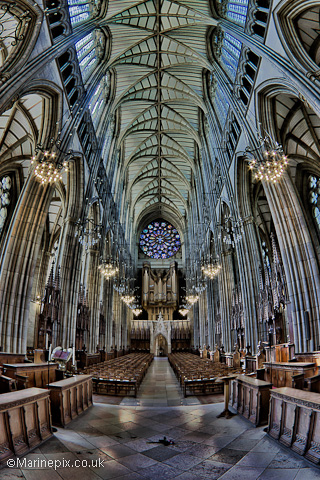 I downloaded a trial of
I downloaded a trial of 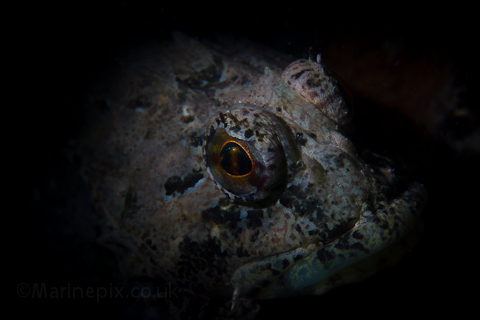
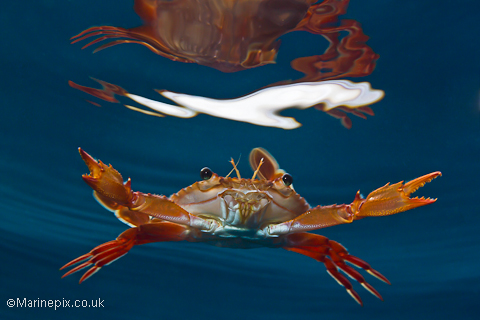 Not actually taken on the 16th of May, this crab is one of several (hundred) thousand that live in the waters of the Red-Sea off Djibouti. I was there back in January on an expedition to photograph
Not actually taken on the 16th of May, this crab is one of several (hundred) thousand that live in the waters of the Red-Sea off Djibouti. I was there back in January on an expedition to photograph 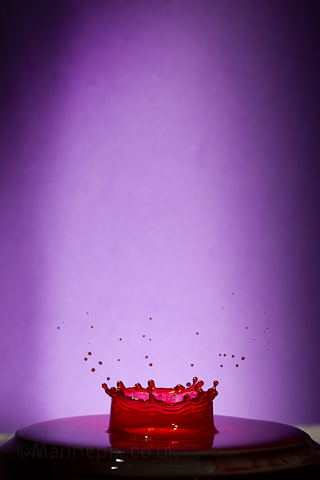 I sacrificed a couple of hours of much needed sleep to set up my drip-stand again, this time with the intention of playing around with the lighting a little more.
I sacrificed a couple of hours of much needed sleep to set up my drip-stand again, this time with the intention of playing around with the lighting a little more.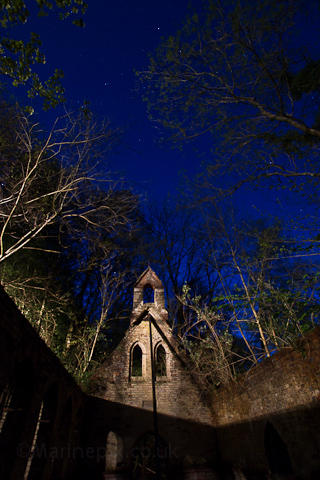 So, I bought myself a remote shutter release and intervalometer! I thought, what better way of doing long night-time exposures to capture star-trails. To be honest, I hadnt researched it much - I just wanted to have a go at star trails!
So, I bought myself a remote shutter release and intervalometer! I thought, what better way of doing long night-time exposures to capture star-trails. To be honest, I hadnt researched it much - I just wanted to have a go at star trails! It's something that I've had a go at in the past (with limited success) and I've wanted to try again with some more control so I obtained a "drip kit" from a local government contact I have, I constructed myself a wooden frame and I had an electronics timer built by a brilliant engineer I know.
It's something that I've had a go at in the past (with limited success) and I've wanted to try again with some more control so I obtained a "drip kit" from a local government contact I have, I constructed myself a wooden frame and I had an electronics timer built by a brilliant engineer I know.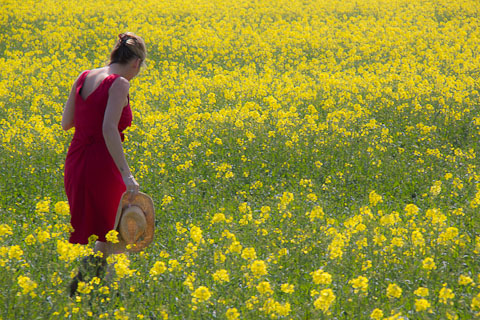 I wanted to make good use of the yellow fields of rapeseed which I was shooting the other week (see my 7th April blog entry) and I decided that the addition of a model would be interesting. Actually, I had been planning a shot like this for a couple of years, ever since the poppies shoot I did a few summers ago.
I wanted to make good use of the yellow fields of rapeseed which I was shooting the other week (see my 7th April blog entry) and I decided that the addition of a model would be interesting. Actually, I had been planning a shot like this for a couple of years, ever since the poppies shoot I did a few summers ago. 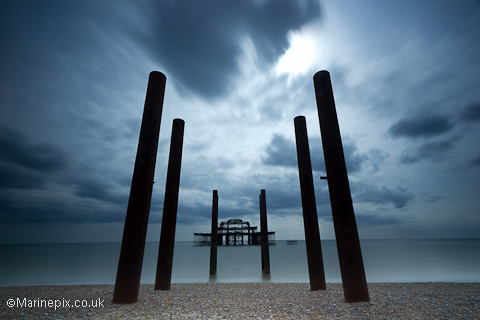 As I mentioned in my last blog entry, I was on the beach in Brighton taking photos of the west pier.
As I mentioned in my last blog entry, I was on the beach in Brighton taking photos of the west pier.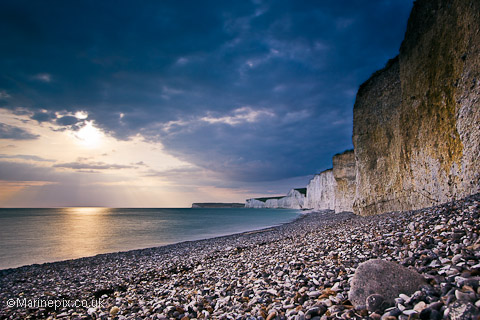 After spending some time on Brighton Beach with some good friends,
taking pictures of the old West Pier, I thought I'd take them to Burling Gap near Beachy Head for the sunset.
After spending some time on Brighton Beach with some good friends,
taking pictures of the old West Pier, I thought I'd take them to Burling Gap near Beachy Head for the sunset.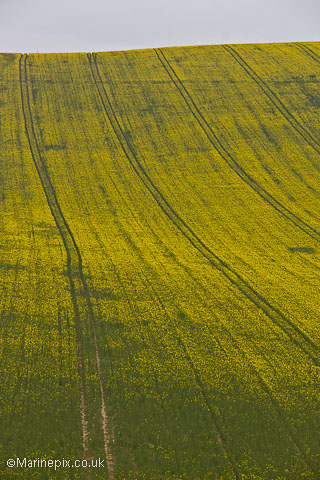 Had a bit of time today so I thought I'd explore,
to find out where might be the best (and safest) place from which to take a picture of the lovely rape-seed which has come into flower on the side
of devil's dyke near Brighton.
Had a bit of time today so I thought I'd explore,
to find out where might be the best (and safest) place from which to take a picture of the lovely rape-seed which has come into flower on the side
of devil's dyke near Brighton.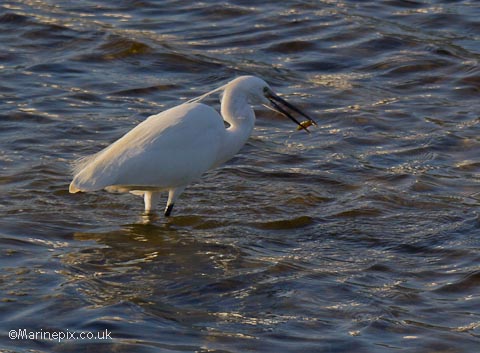 Widewater Lagoon is in Shoreham, near Brighton and it's a great location for bird-watching. We went with the intention of feeding bread to the birds as the sun went down but a sign informed us how cruel we'd be if we did so!
Widewater Lagoon is in Shoreham, near Brighton and it's a great location for bird-watching. We went with the intention of feeding bread to the birds as the sun went down but a sign informed us how cruel we'd be if we did so!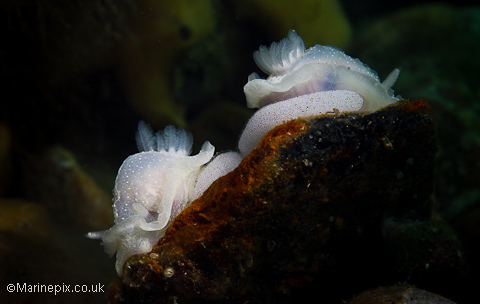 The alarm clock went off half an hour later than planned this morning but luckily I'd prepped all my dive and camera kit the night before.
The alarm clock went off half an hour later than planned this morning but luckily I'd prepped all my dive and camera kit the night before. As the sun sank towards the horizon, I spotted a couple on one of the enormous breakwaters near the Marina in Brighton.
The sky was lighting up with an orange-red tinge and since there were no clouds, dark shadows were being created everywhere.
I took the opportuntity to photograph this couple using my long lens (18-200mm) with the golden colours of the sun reflected in the sea.
As the sun sank towards the horizon, I spotted a couple on one of the enormous breakwaters near the Marina in Brighton.
The sky was lighting up with an orange-red tinge and since there were no clouds, dark shadows were being created everywhere.
I took the opportuntity to photograph this couple using my long lens (18-200mm) with the golden colours of the sun reflected in the sea.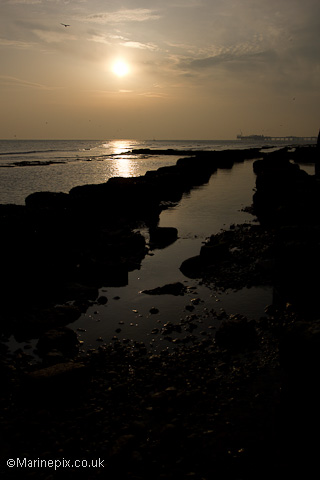 I headed out last evening to meet up with a friend who was planning to create time-lapse photos overlooking Brighton as evening fell and the lights came on.
I headed out last evening to meet up with a friend who was planning to create time-lapse photos overlooking Brighton as evening fell and the lights came on.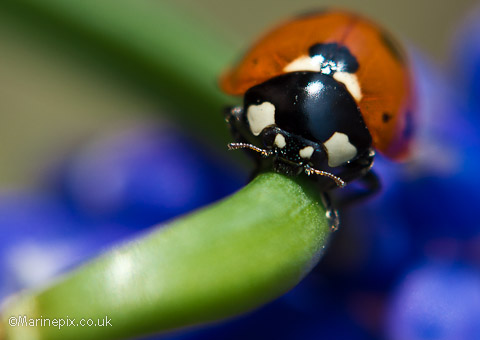
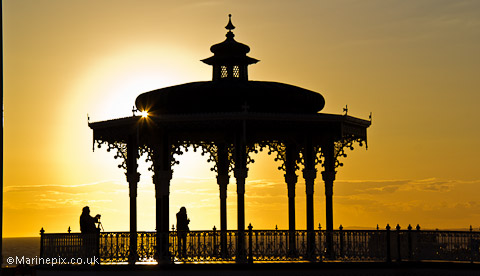 We drove into Brighton along the seafront road with the intention of getting to a point where I could get shots of
either of the two piers in the sunset. Unfortunately, as is often the case in Brighton, the traffic was against me!
We drove into Brighton along the seafront road with the intention of getting to a point where I could get shots of
either of the two piers in the sunset. Unfortunately, as is often the case in Brighton, the traffic was against me!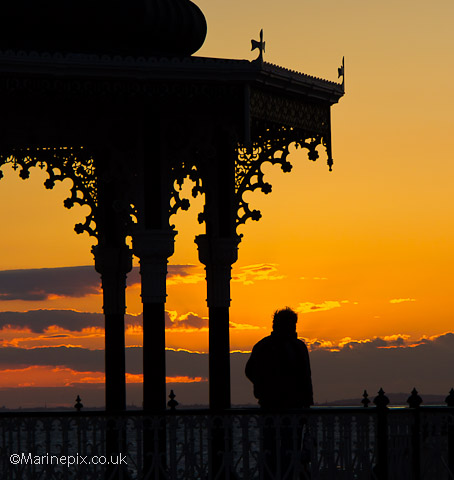 As the sun dipped further, I had to take all the opportunities I could to capture the sunset.
As the sun dipped further, I had to take all the opportunities I could to capture the sunset.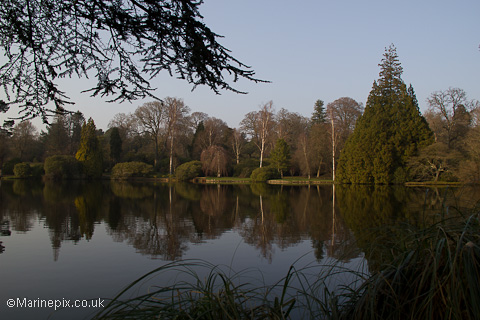 Sheffield Park, near Haywards Heath is a National Trust property with several lakes and hundreds of beautiful old trees.
Sheffield Park, near Haywards Heath is a National Trust property with several lakes and hundreds of beautiful old trees. Devil's Dyke isn't too far to travel from Brighton. When I headed that way I was aiming just to catch a breath of fresh air, ponder the view from the top and perhaps take a few snaps. On the return journey, we spotted a few horses in a field and decided to stop. Animals can make great subjects and I was pleased with some of the images I got since the light was in the right place to cast a nice orangey glow.
Devil's Dyke isn't too far to travel from Brighton. When I headed that way I was aiming just to catch a breath of fresh air, ponder the view from the top and perhaps take a few snaps. On the return journey, we spotted a few horses in a field and decided to stop. Animals can make great subjects and I was pleased with some of the images I got since the light was in the right place to cast a nice orangey glow. I'm inspired when I see other people's images of an every day object made to look interesting by clever use of lighting.
I'm inspired when I see other people's images of an every day object made to look interesting by clever use of lighting.